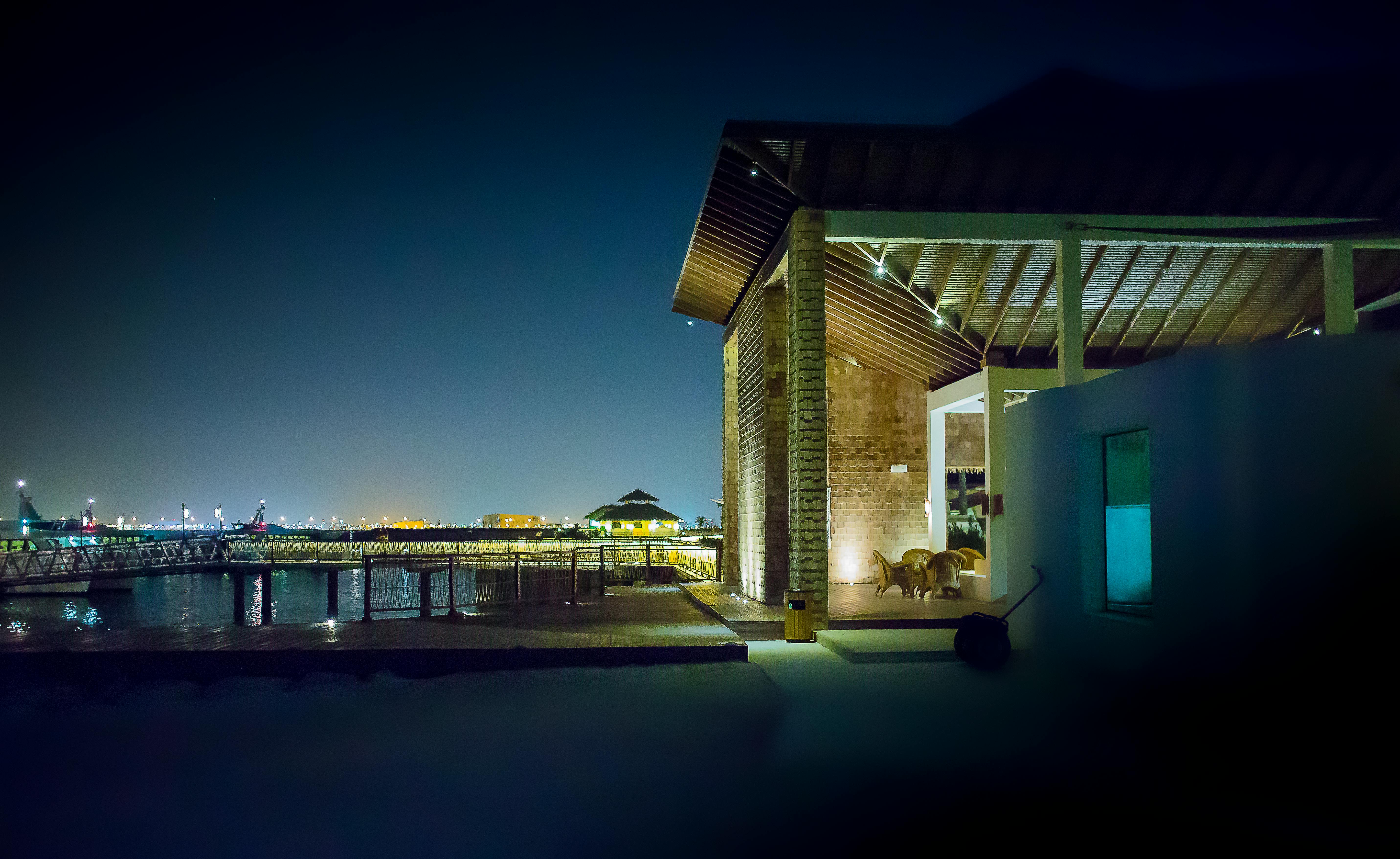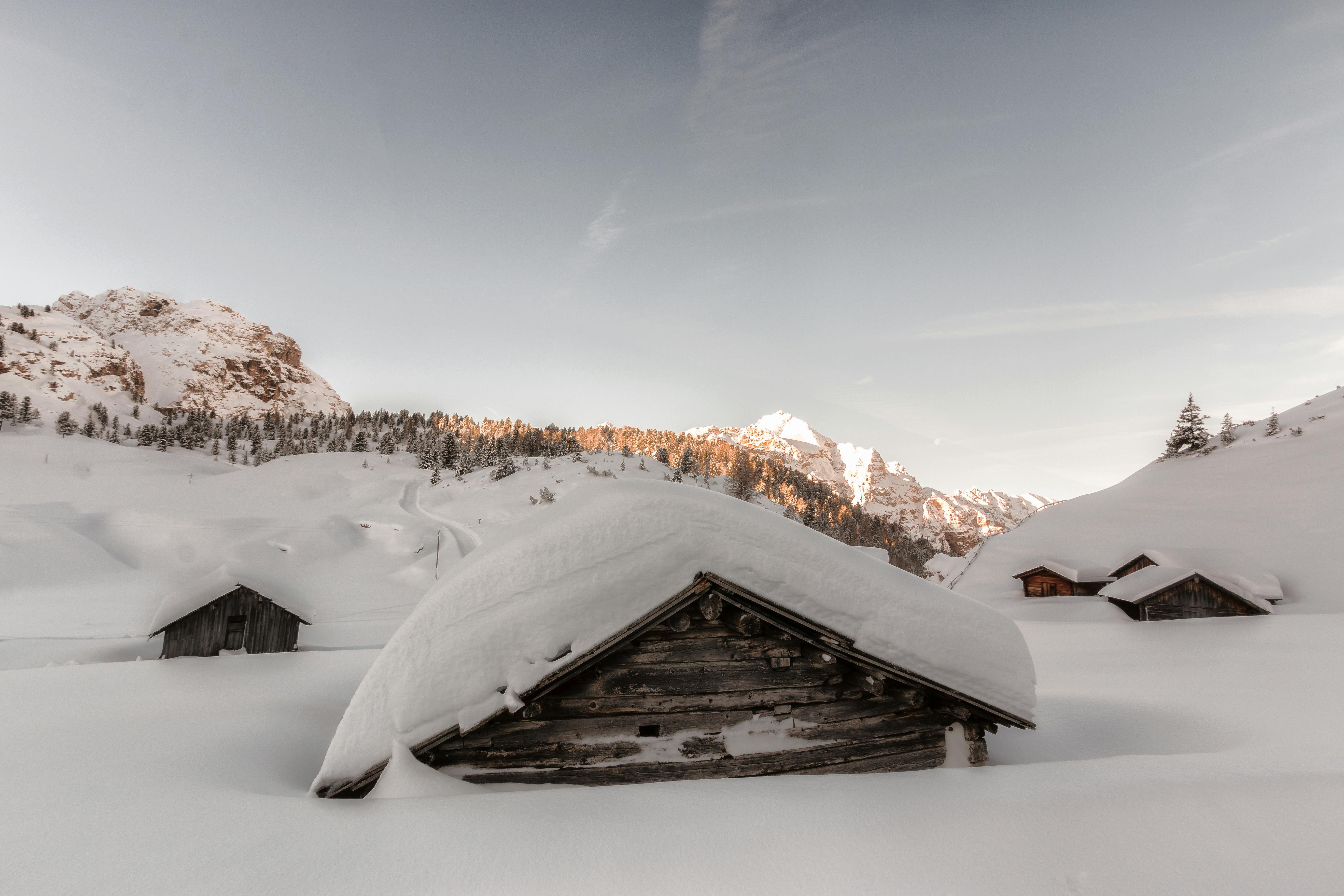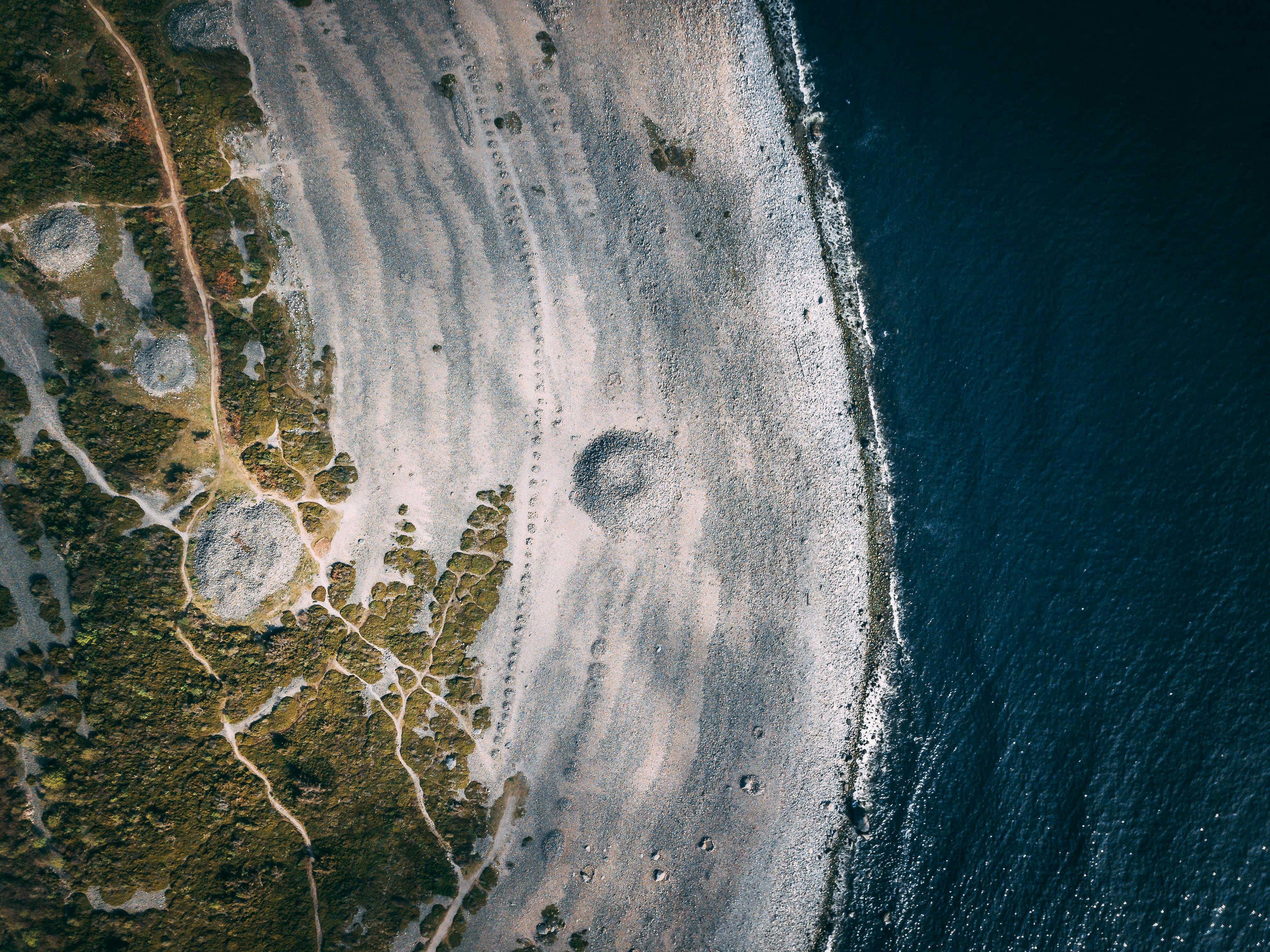My friend, guitarist Brian Hughes, toured with Chieftain’s in Japan as an opening act with Loreena McKennitt. He then went on to perform with the Chieftains in North America and Europe when they were promoting their Santiago album. In Japan they played about ten shows between Tokyo and Osaka, mostly in soft-seated classical music concert halls. Seating ranged from 1,500 to 4,000 capacity. They were booked through agent Plankton, who specializes in Celtic music. Although the public was enthusiastic, Brian felt that Celtic music was still a niche market in Japan.
Celtic Music and Traditional Japanese Music: A Comparison
If you listen to many of the traditional Japanese folk tunes, they have a bittersweet quality similar to traditional Celtic music. The Japanese minor pentatonic scale is different from the Western one, but some phrases, especially when transitioning to the major, could be extracts from Irish or Scottish folk songs. If you look at the traditional folk flute, the shinobue, it’s really not that different from the fife or the Irish flute in terms of fingering. The slide and hit technique with the whistle or the shinobue are also similar.
Where to find Celtic music in Japan
All major record labels in Japan have licensed Celtic music, and CDs are available as imports. A reputable distributor of Irish music in Japan is a company called Music Plant. I think they are probably affiliated with Plankton. JVC (Japan Victor Corporation) directly signed the ANAM group. They have recorded two albums for JVC and have toured Japan three times. A talented young musician from England, Tim Edey, who played accordion on my last Celtic Heartland album, recently joined the group. There was a company in Tokyo called Trinity that specialized in importing traditional Celtic CDs, but I’m not sure they are still in business. Brian Cullen, a Wicklow Irishman now living in Nagoya, has his own label to market his own material called Celtic Otter music and has released collections of ballads.
There is a Celtic festival held annually in Tokyo at the Ryutsu Center. They have music and dance shows, fashion shows, craft exhibitions and seminars and workshops.
There is an organization called CCE Japan that offers lessons for most Irish instruments as well as Set Dance and Gaelic. CCE Japan is the Japanese branch of Comhaltas Ceoltoiri Eireann, an association to promote
Japanese musicians specializing in Irish instruments
There are some pretty accomplished Japanese Celtic musicians. Isao Moriyasu, who started out as a classical flutist, now specializes in Irish flutes. He teaches at Kunitachi Music College and has written a book on Irish music. He often performs with his wife Masako, who plays the Celtic harp, concertina and bodhran. Mayumi Nagaura, a member of The Rising Pints, also has her own group called BIRD. She is a very good accordion, tin whistle and bodhran player. She has encouraged many other Japanese to learn Irish instruments.
Western Celtic musicians in Japan
There are some musicians who have formed groups with foreign and Japanese members. Examples include the now-defunct Rising Pints and Eye Wish, as well as a group in Sendai called Callanish.
The pub circuit in Japan
There are many Irish pubs in Japan like Dubliners, O’Carolan’s, The Pint, The Warrior Celt, Shamrock that regularly have music. All Irish pubs also have regular sessions. Because rent is so expensive, especially in major cities like Tokyo, Osaka, Nagoya, and Kyoto, places are smaller than you might expect in the US or Europe. Like many jazz clubs in this country, the capacity ranges from 50 to 200 comfortably. Brian Cullen reports that the Osaka Dubliners claim to have had 600 customers on a St. Patrick’s Day a few years ago. He would say it must be the max and that is after a few pints. Westerners are often surprised by the amount of cover charges. In general, to see a band, a charge of 3,000 yen is quite typical. CD prices are also still around 2,500 yen.
While Celtic artists are not household names like major rock stars, interest in Celtic music is likely to continue to grow in Japan for some time to come.
© 2005 Ron Korb – All Rights Reserved
Reprint Rights: Publishers of ezines and magazines may reprint this article, provided the following information is included:
– the summary about the author (see below)
– all links (and they must be active)
– all keywords on the links below are included as part of the active link when you post it on your site




